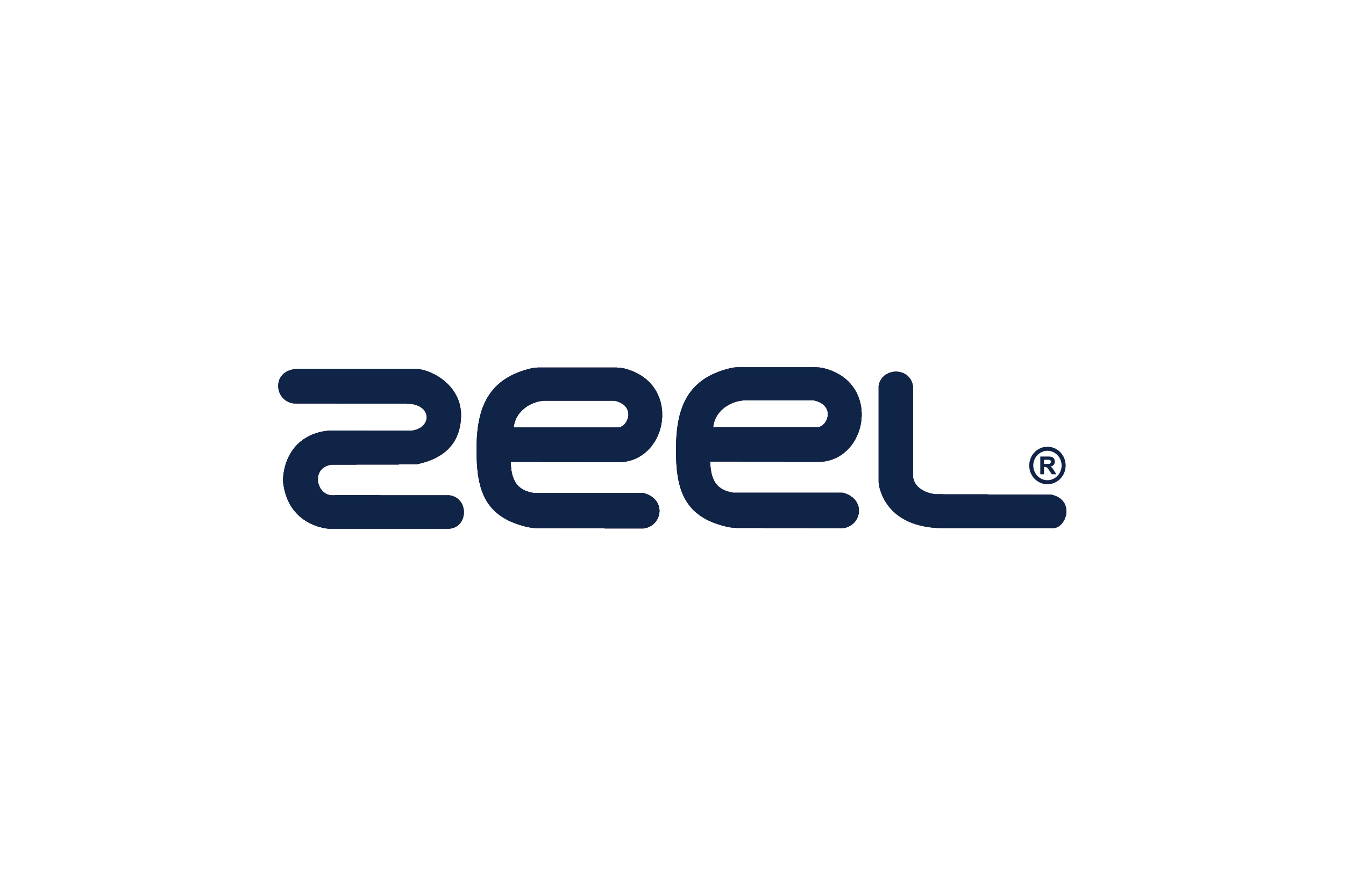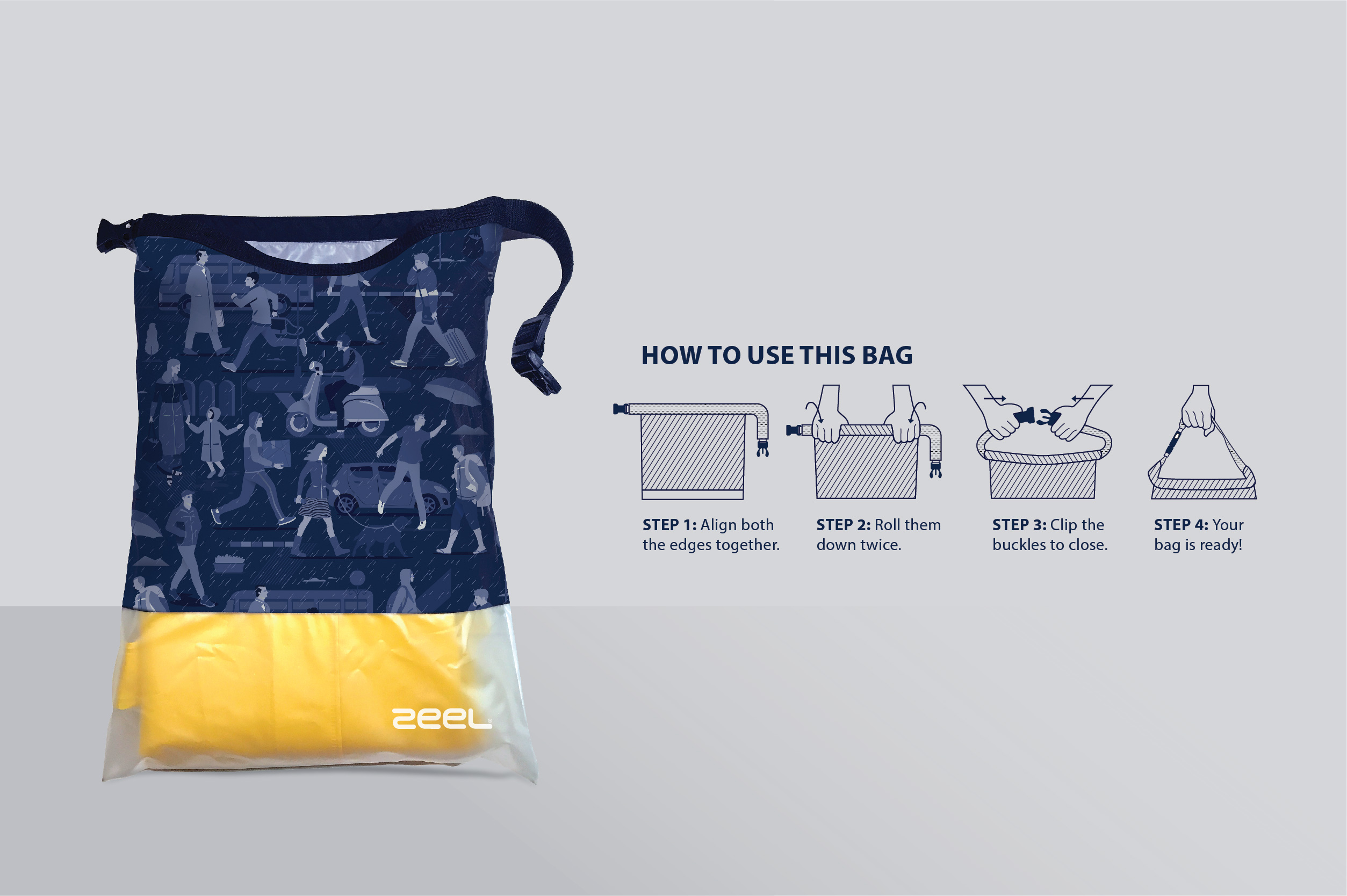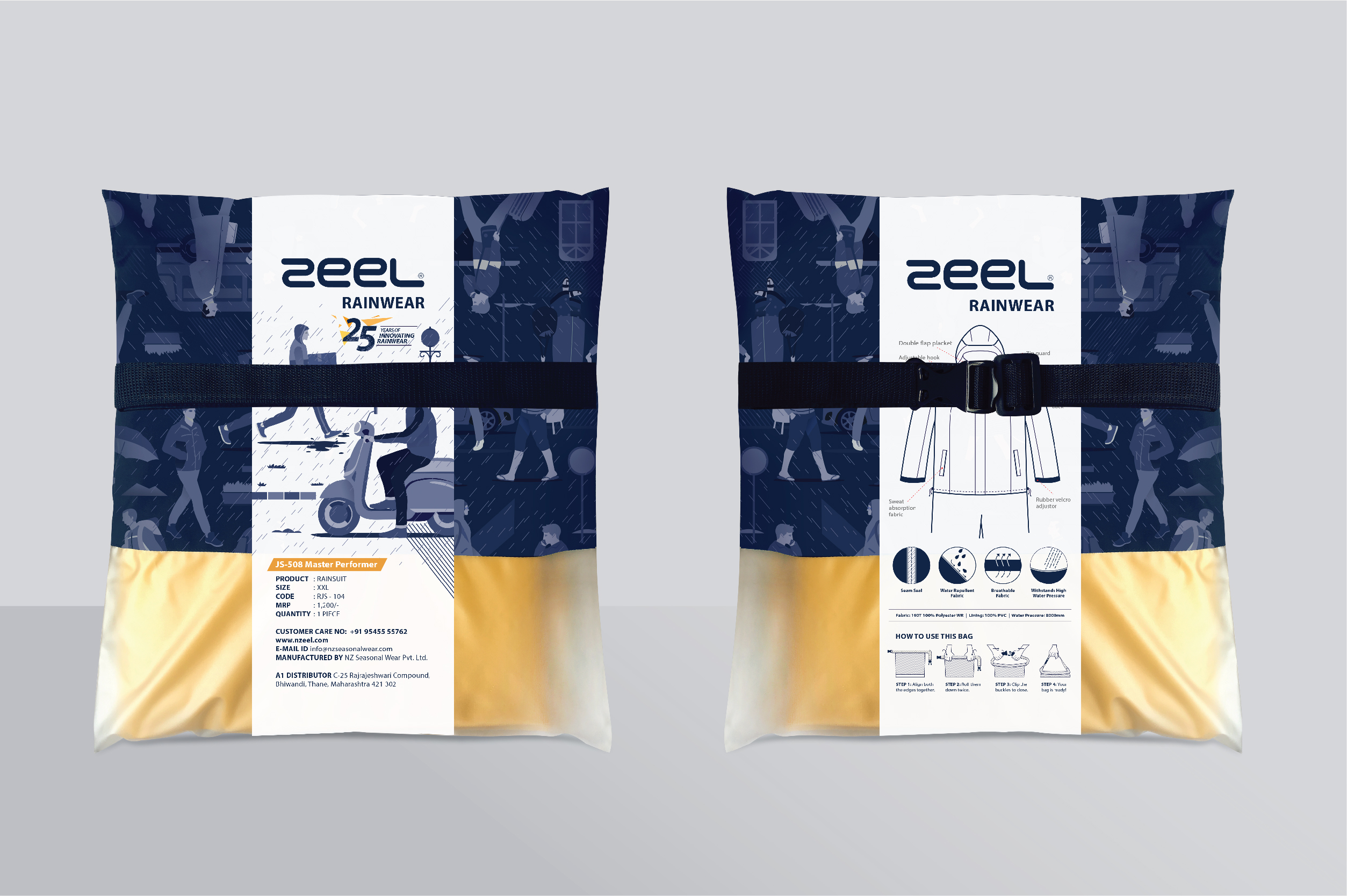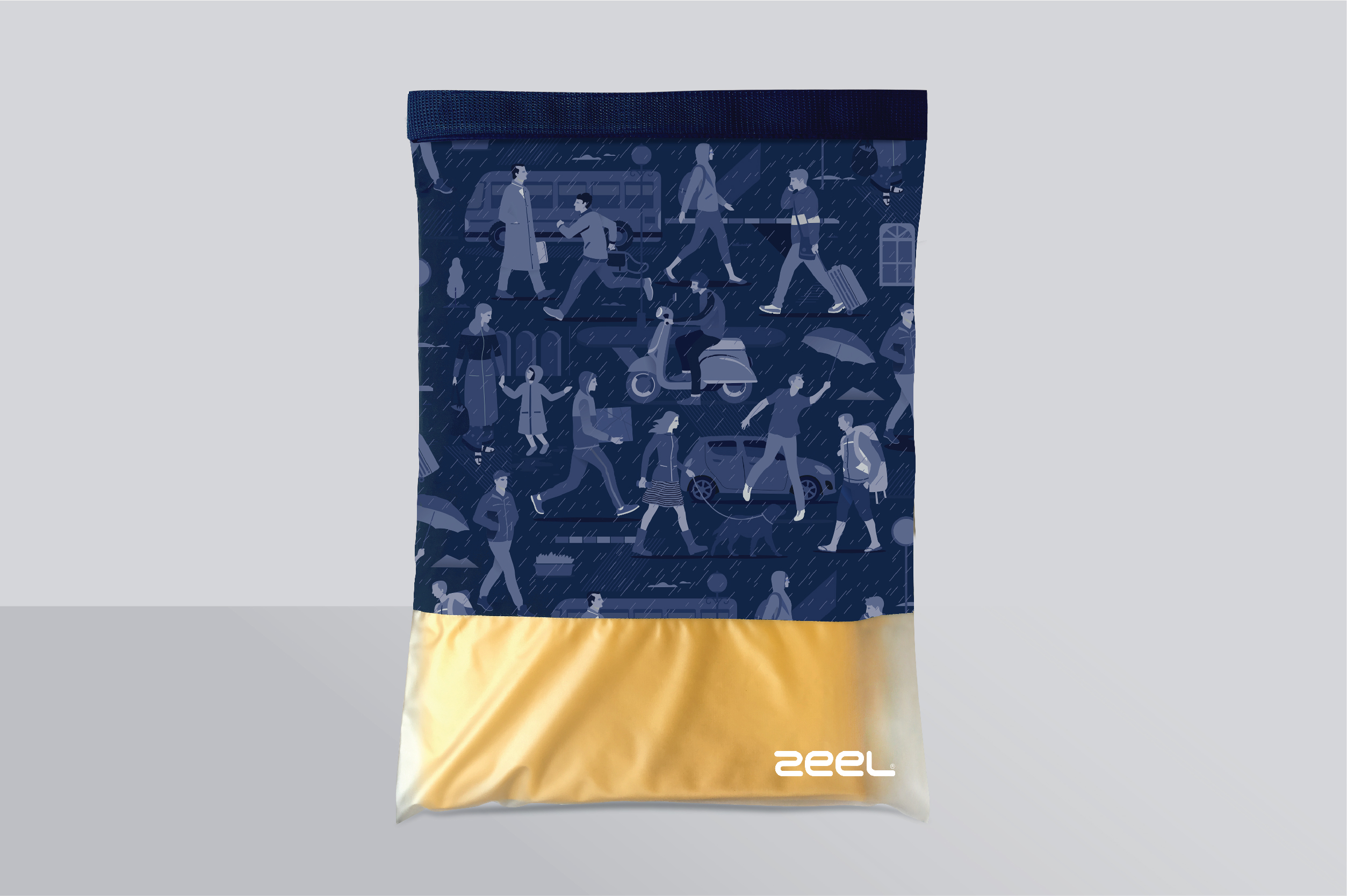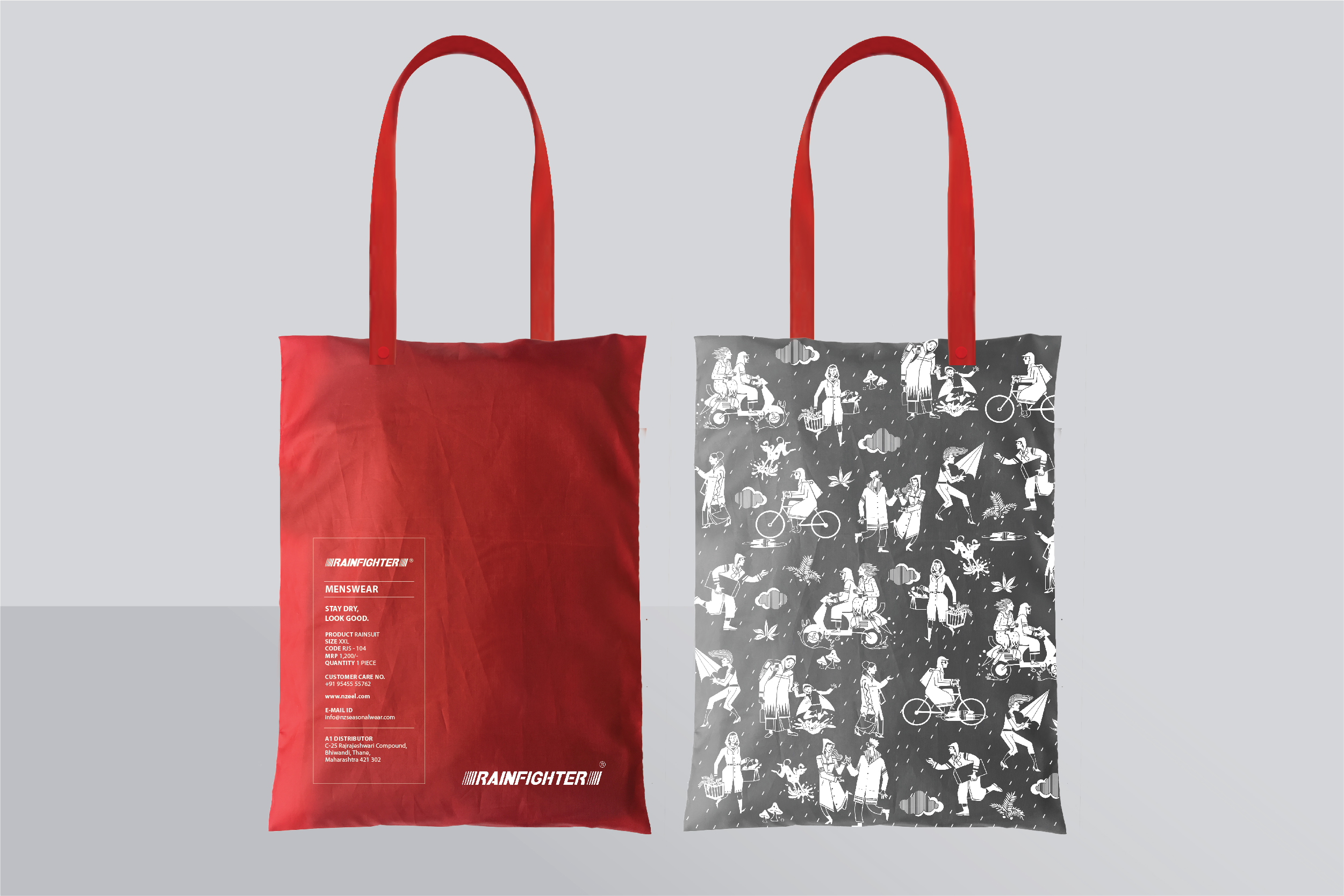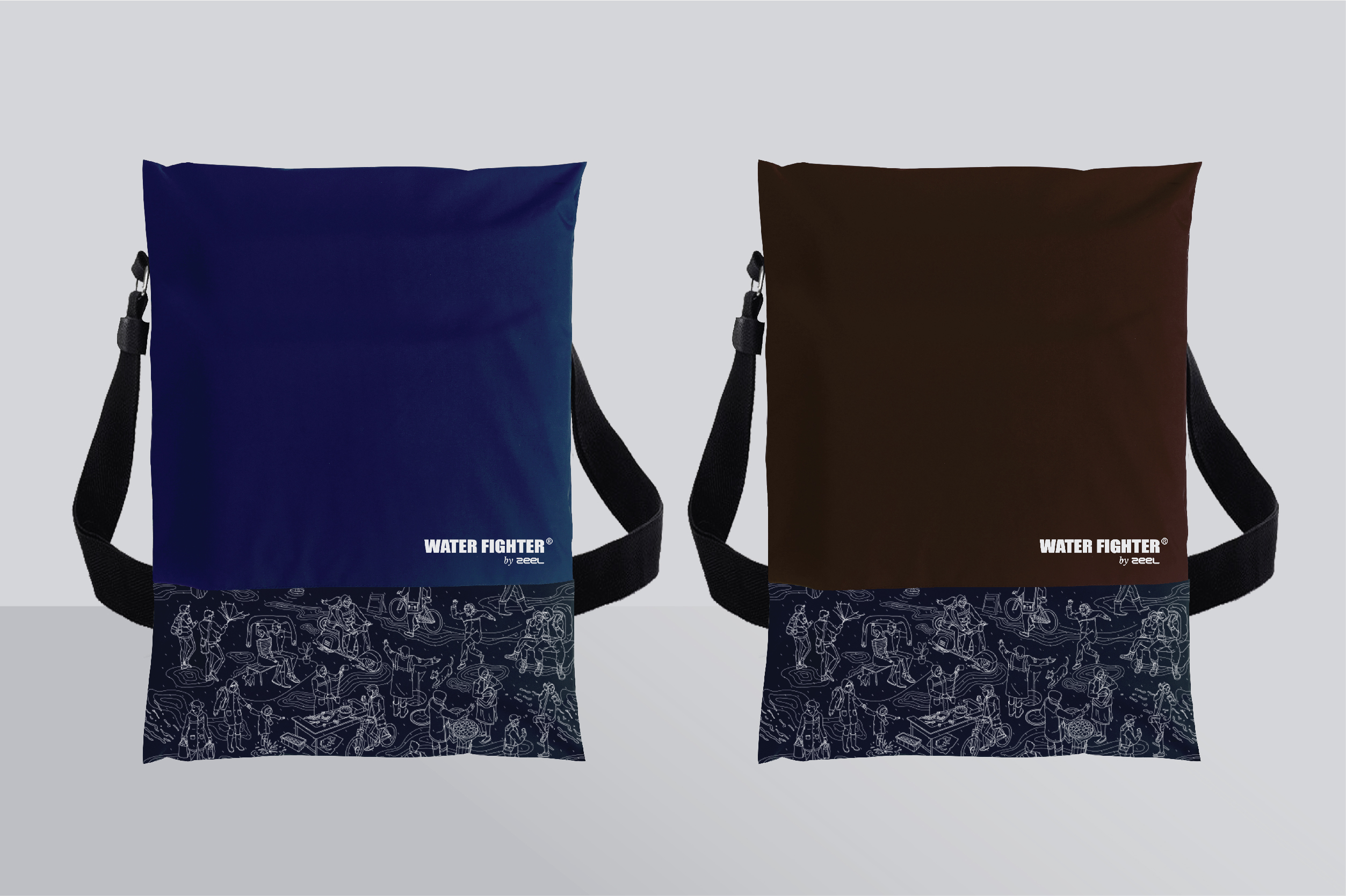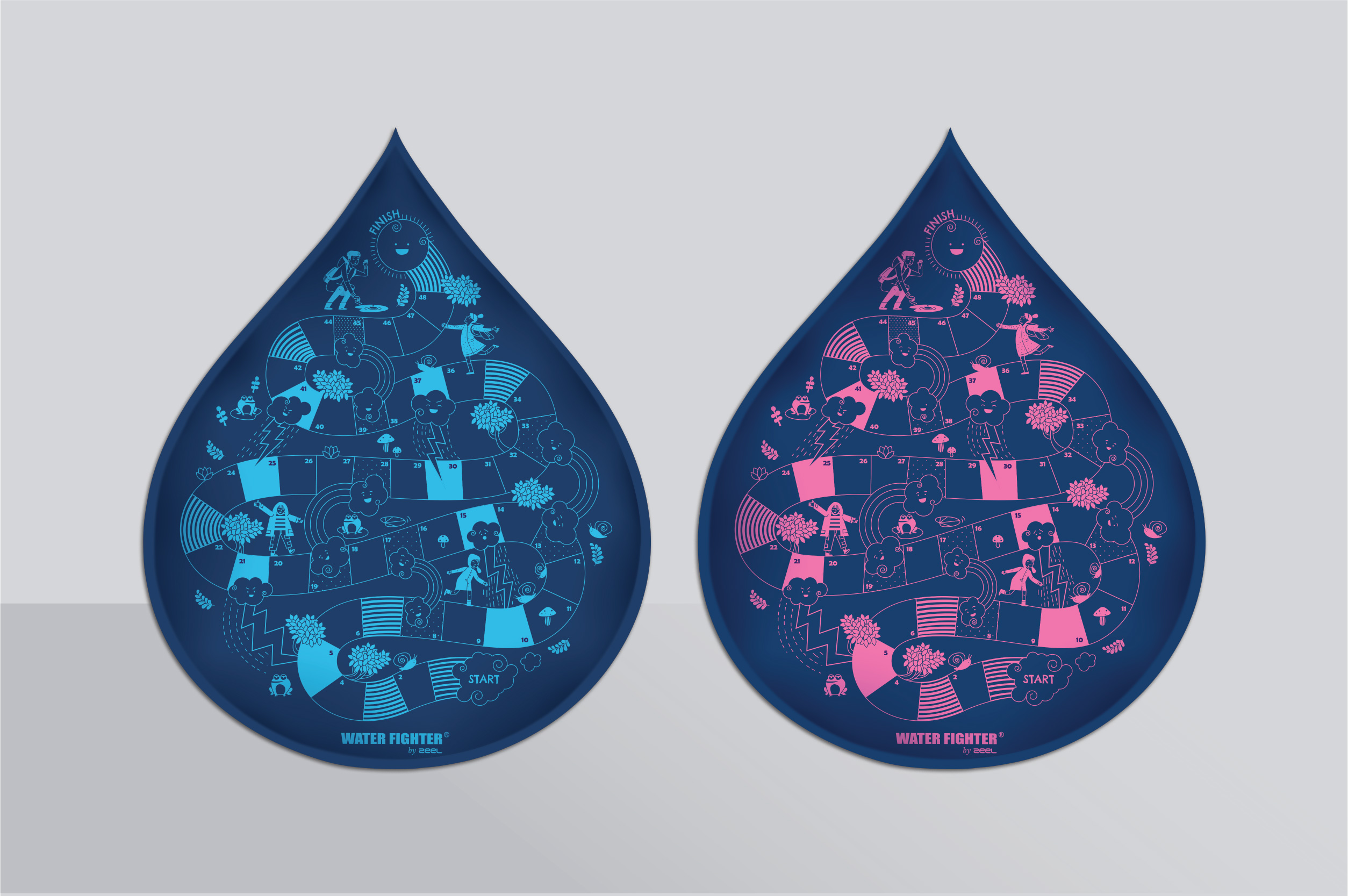In a predominantly unorganised category of rainwear where majority of the players are labels that focus on trade to drive business growth, Zeel became the first visible brand to market the product directly to customers while also focusing on trade relations.
The product offering in this category is not differentiated by brands, and similarity in form and designs across brands fails to offer a clear value to customers. And most brands are far from making their collections different and unique. Zeel, on the other hand, offers a variety of designs and patterns and is continuously innovating to cater to the different needs of customers in terms of price and design, thereby offering more value.
There’s a clear divide in the category when it comes to brands operating in this space – there are heritage brands which focus on trade heavily for sales; there are local players who sell in the limited catchment area and offer price advantage at the cost of quality and design, and then there are mainstream brands like Wildcraft and Decathalon that have rainwear as an added product in their line of offerings.
The heritage brands take a conservative approach to marketing and work on the equity they have built over the years and drive growth by pushing the trade through margins and incentives. On the other hand, for the mainstream brands rainwear is a small part of their line and not the core focus in marketing. Zeel, however, has adopted a marketing strategy that is customer-facing and has drawn a fair market share from their approach.
Zeel wanted to leverage the advantage and drive business growth by establishing itself as a rainwear brand with a clear proposition that resonated with its customers and led to brand preference in purchase.
What was the challenge?
· In a category driven by trade, how do we position Zeel as a customer-facing brand
· How do we strengthen trade relations and drive business growth in a category where loyalty towards brands is low among trade partners
· How do we increase retail buying and solve for trade concerns
The Sideways Approach
We approached the problem by first understanding the behaviour of all stakeholders involved. This gave us an insight into their perceptions, concerns, and relationship with the brand, leading us into devising solutions to address their needs.
What did we do?
Brand positioning
We did an extensive study of the consumers’ behaviour and relationship with rains and rainwear and also the value offerings of the brand. This helped us in creating a positioning for the brand that would be a clear differentiator in the category.
The core consumer’s need to carry on with his day, unaffected by rains, married with the brand’s innovative offerings and quality assurance gave it a distinguished space to operate in the category - Performance Rainwear. This lead to - ‘Let It Rain!’ A statement that not just captured the sentiment but also brought alive the brand promise.
Communication
To make the brand more visible, we created 3 TVCs that reflected the purpose and positioning of the brand. The commercials depicted everyday scenarios from our consumers’ life and launched the idea that life shouldn’t stop because of rains. The films, all of 10 seconds each, were kept short and crisp, with a dose of humour, to put the product in the spotlight. These were aired during the World Cup season.



